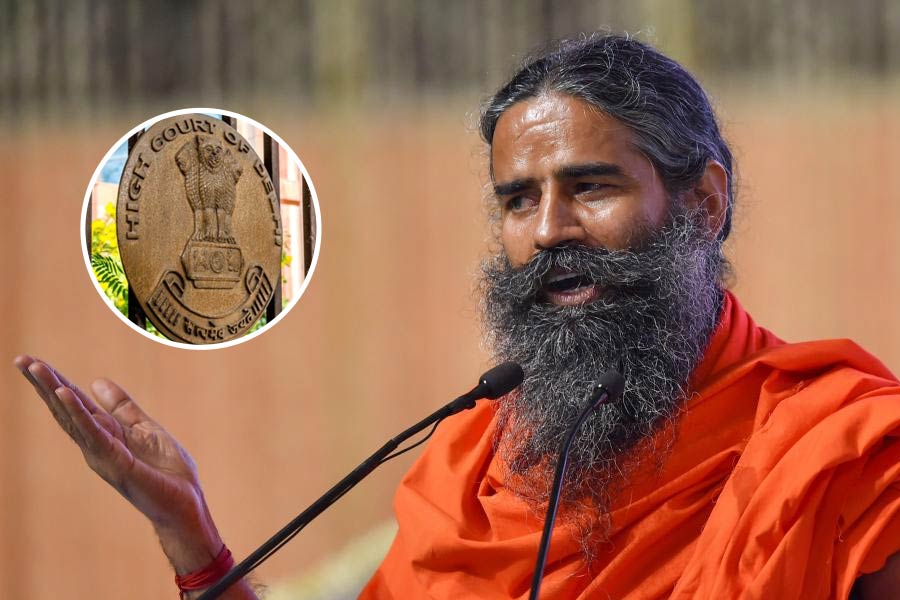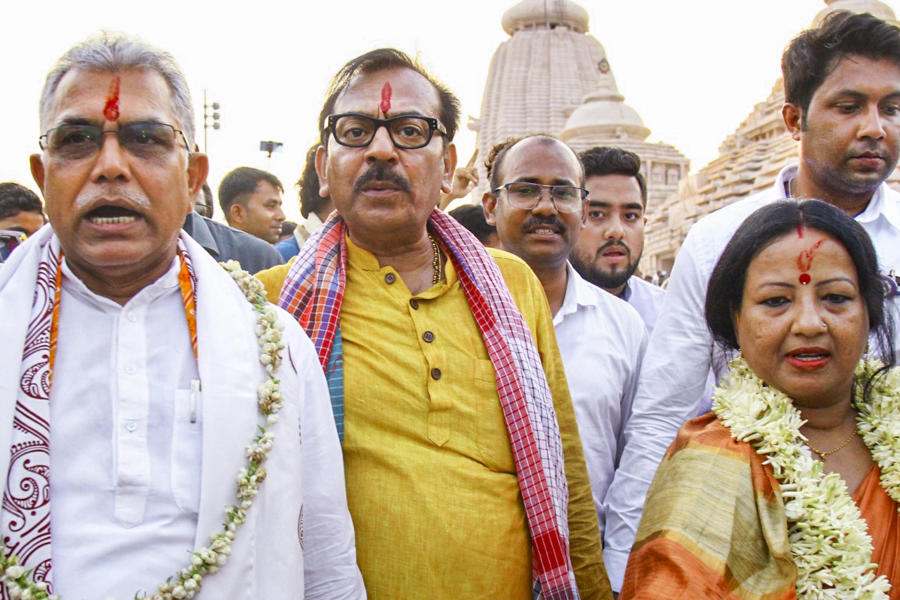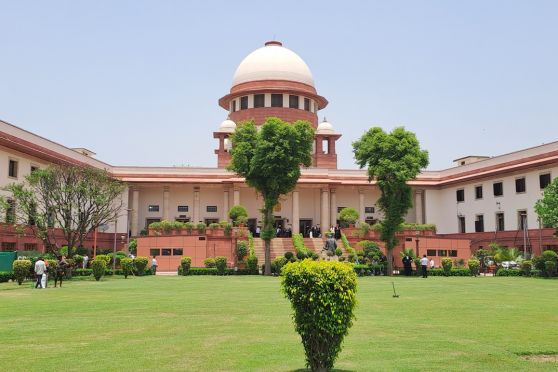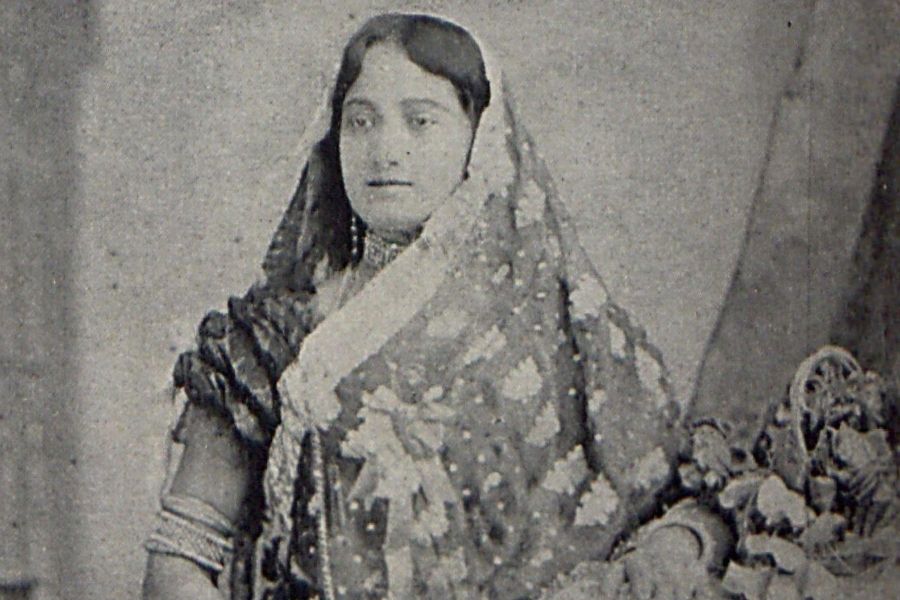
Telegraph picture
Patna: Lakhisarai district, around 135km southeast of Patna, is suddenly an archaeological hotspot.
Four of five licences granted by the Central Advisory Board of Archaeology, for excavations and explorations in Bihar this excavation year (from October to September), are for sites in Lakhisarai. "Two exploration and two excavation licences have been given for different sites in Lakhisarai," Patna circle superintending archaeologist D.N. Sinha told The Telegraph.
Urain and Lal Pahari (Jainagar) sites in the district are to be excavated. Explorations of archaeological sites will be conducted at various locations there, as well as, the mid-reach of the Kiul river plain, in Lakhisarai and Jamui districts."
The fifth licence has been given for mapping archaeological sites along the old course of the Sone river in Aurangabad, Arwal, Jehanabad and Patna districts. Asked the reason behind concentration of so many licences in Lakhisarai, Sinha pointed at the prevalence of numerous archaeological sites belonging to the Pala period (8th century AD to 12th century AD) in the district.
"The large number of archaeological sites indicates the region was very active during the Pala period and excavations and explorations will throw further light on it. In fact, the Urain site, which will see excavations for the second year, yielded not only Pala antiquities, but also those dating back to the Gupta period (4th to 6th century AD)," Sinha said.
Archaeologists also undertake explorations in the surrounding areas of sites being excavated to highlight their full context, including expanse and links.
Chief minister Nitish Kumar recently inaugurated excavation work at Lal Pahari in Jainagar in Lakhisarai - a site that shows settlements from ancient to medieval period and is expected to yield extensive remains of a Buddhist monastery.
The excavation license for Lal Pahari has been granted jointly to Vijoy Kumar Choudhary, executive director of Bihar Virast Vikas Samiti (BVVS), and Anil Kumar, associate professor of ancient Indian history, culture and archaeology department at Visva-Bharati university. "Lakhisarai's ancient name was Krimila. It is referred to in the early Buddhist texts of around 4th century AD.
Archaeological remains belonging to the Gupta period have also been found at various places in the district. Pala era objects and coins of medieval rulers have also been discovered, indicating that the sites were occupied in the district till medieval times," Vijoy said.
"It is a good thing that the district will see excavation and exploration work in a concentrated manner. Very less work has been done in Lakshisarai despite evidence of settlements right from the Stone Age. The region is considered very important from the viewpoint of Buddhist history, evolution of Buddhist art and Hinduism," Vijoy said.
The district has numerous hill sites, too, that had settlements during ancient times and historians expect them to yield valuable antiquities that would throw much light on different facets of the country's history.










